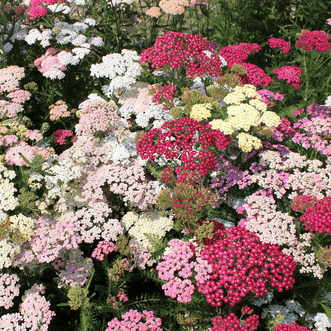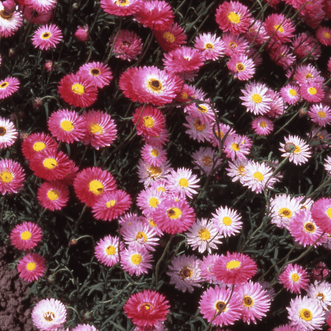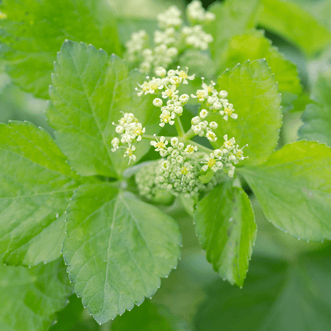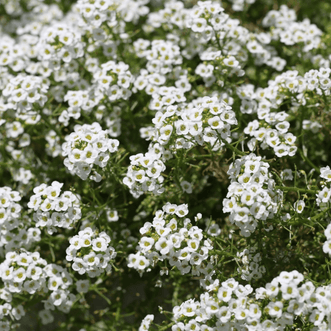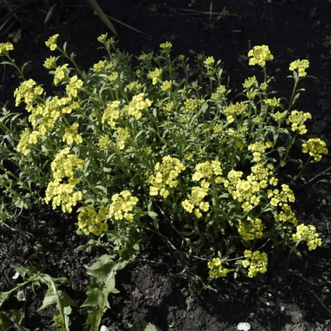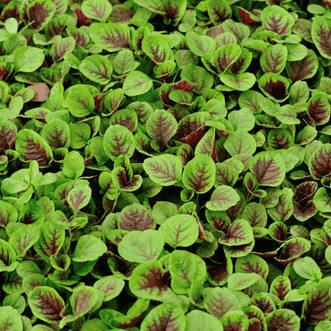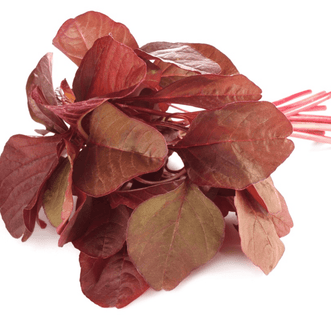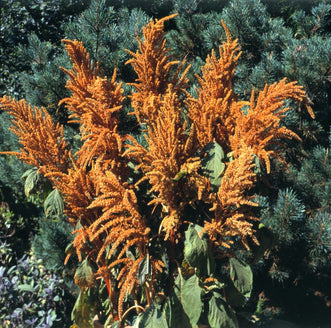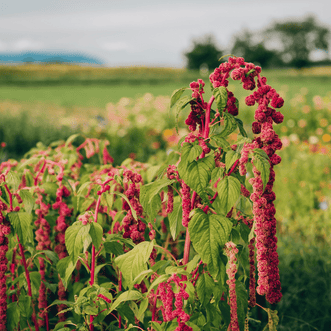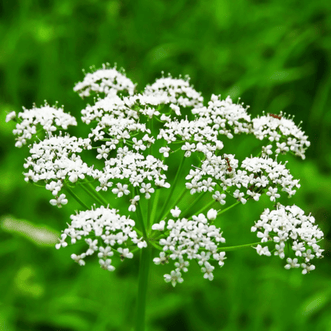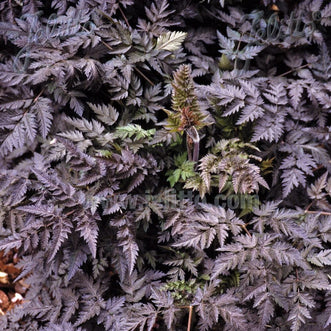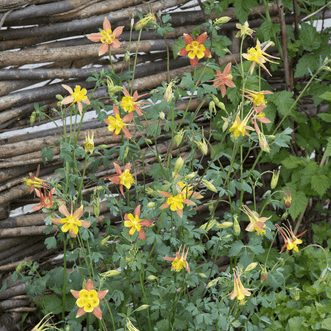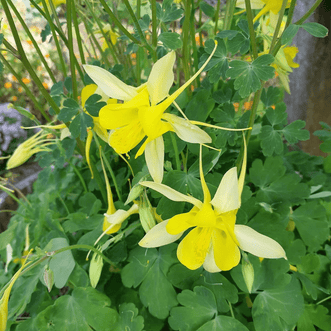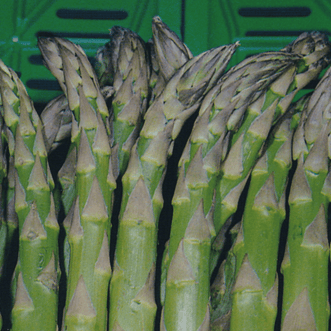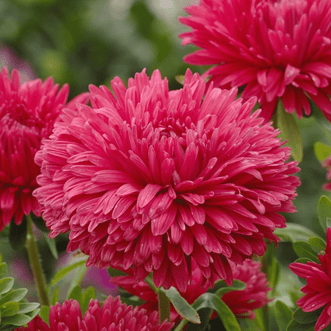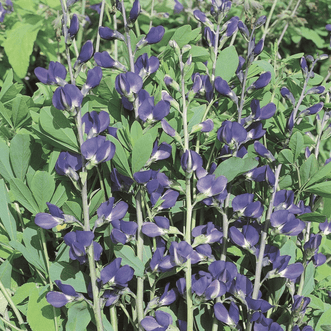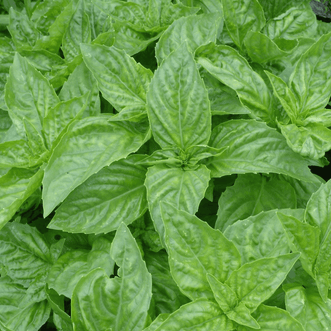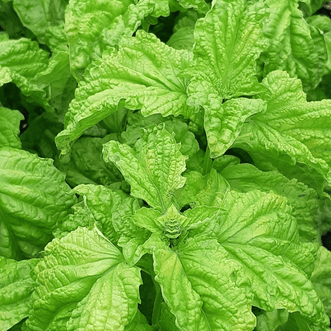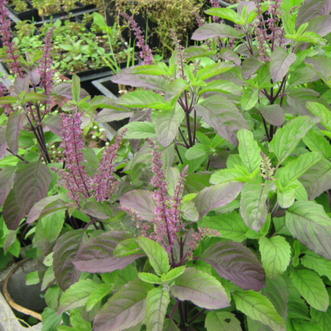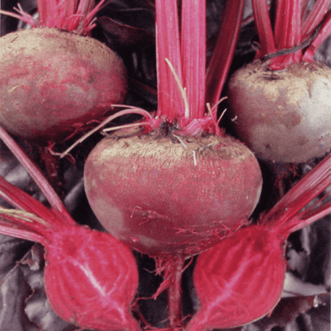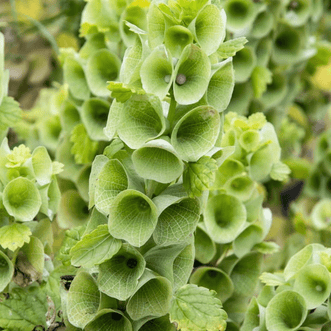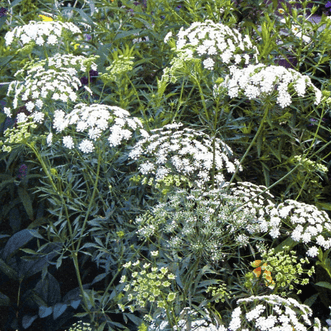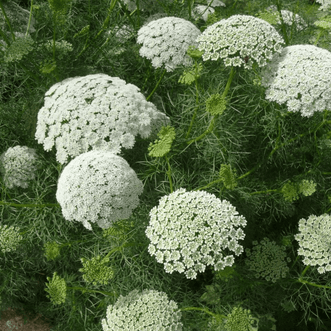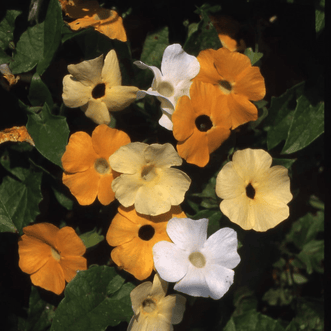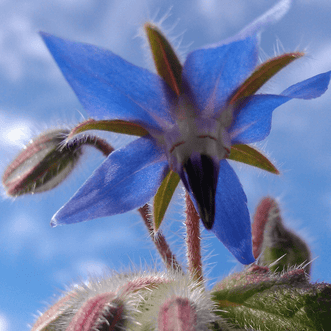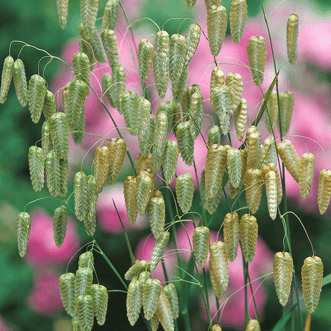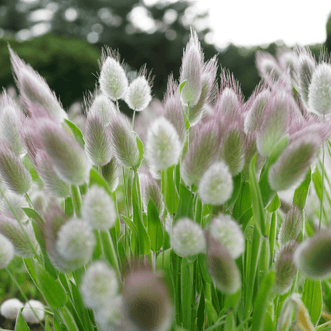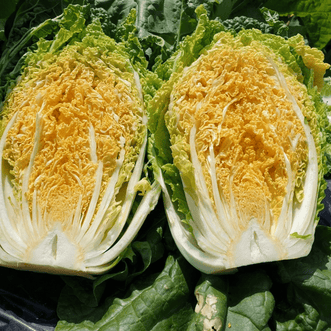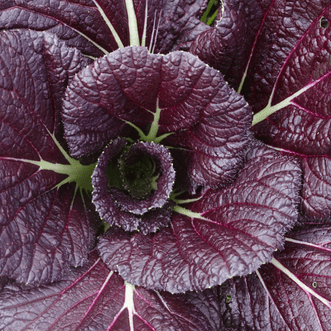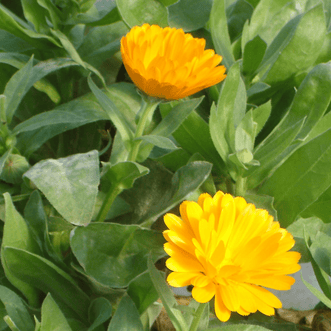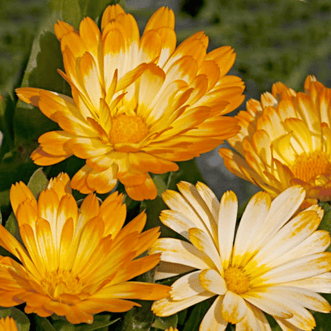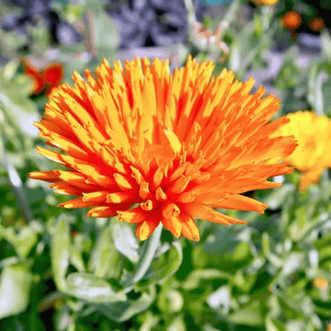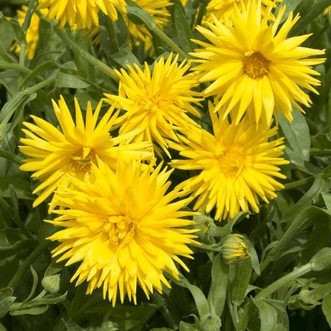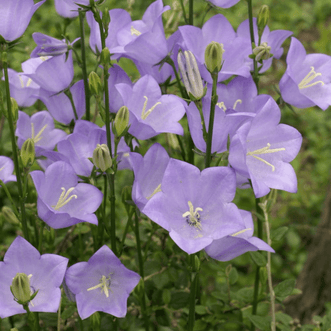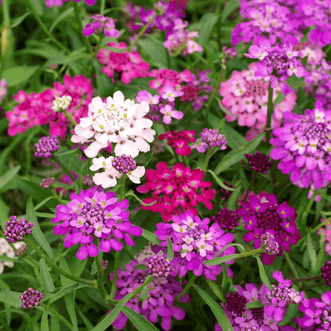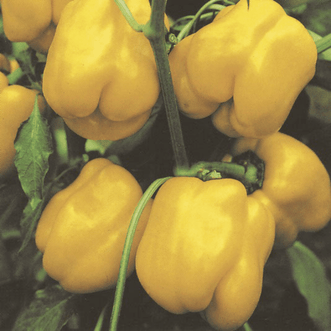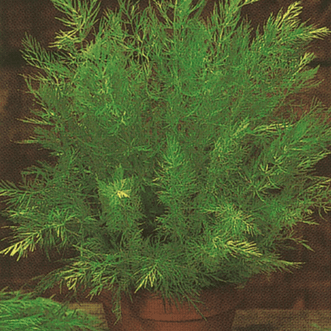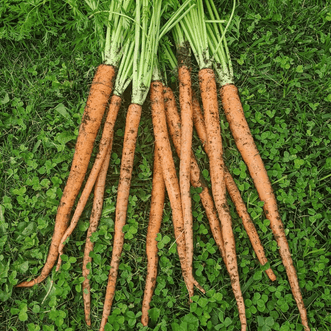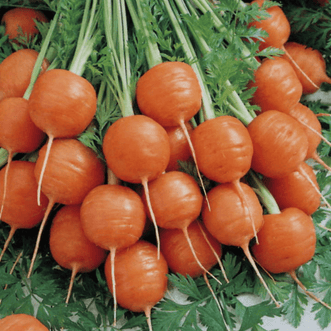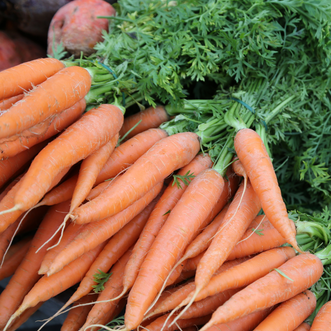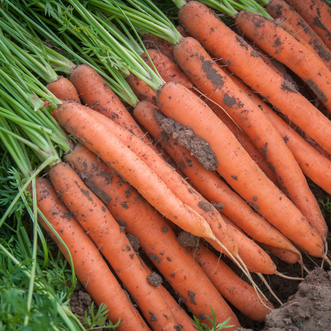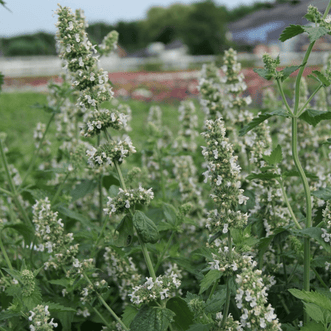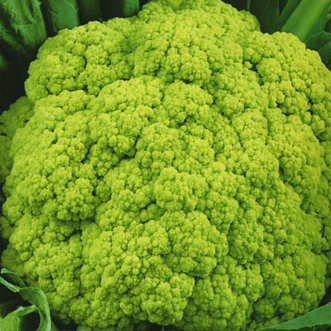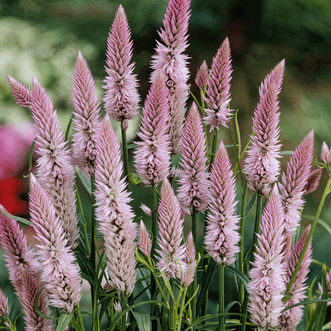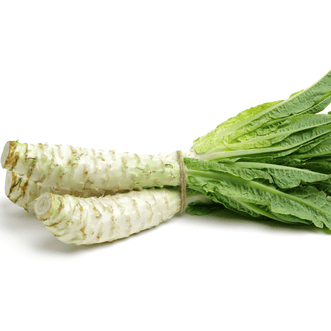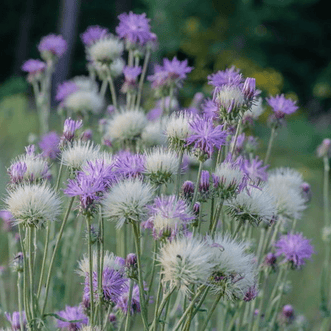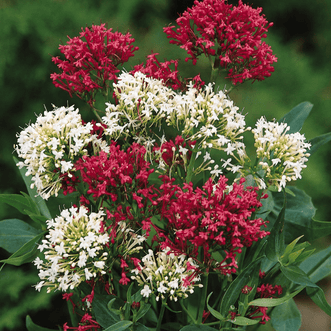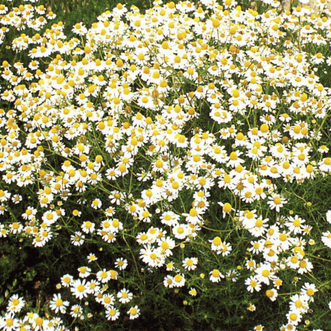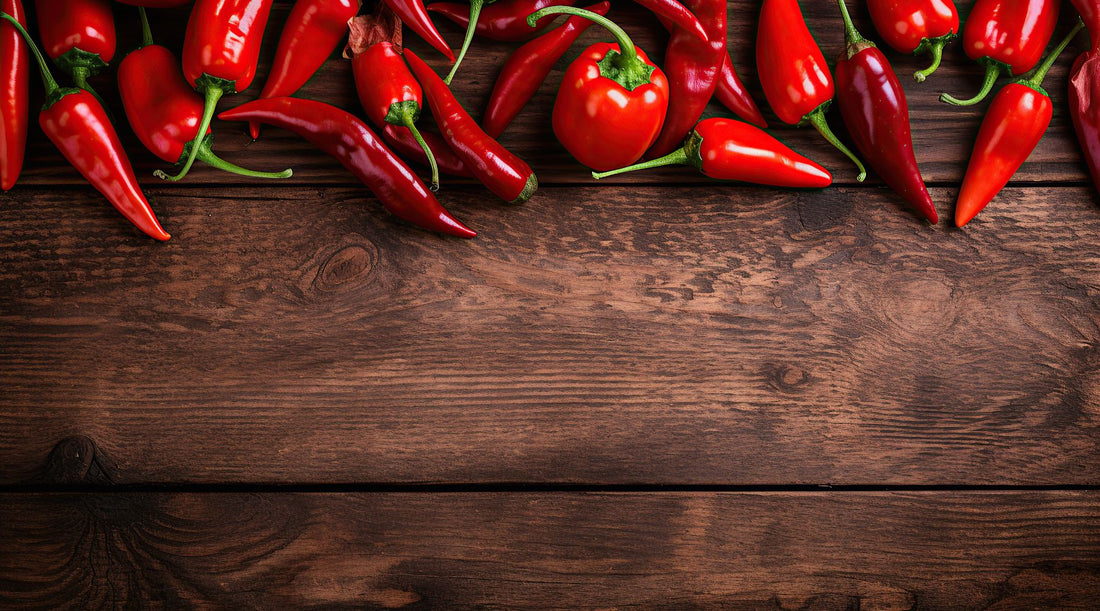
A Guided Tour of our Organic Peppers and Chillies
CarolynWell, it's Labour Weekend tomorrow. For most of us gardeners, that means we can stop worrying about sneaky late frosts and start relying on the weather staying warm. We all know that Labour Weekend is traditionally the time to get the tomato plants out into the garden. But it also might be worth making a Labour-Weekend-Note-to-Self about Peppers and Chillies.
Now is a great time to sow seeds for these little heat-lovers....by the time your seedlings are ready for transplanting out into the garden, the soil will be warm, and the temperatures will be on the rise for summer. Most chillies and peppers need soil temperatures of between 20°C and 25°C to germinate.
Chillies and peppers need warmth, rather than light, to germinate, and seed needs to be fresh. Sow your seeds in good seed-raising mix, at a depth of approximately twice the diameter of the seed. In practical terms, this means you will just be sifting a very light covering over the seeds. You could use a heat pad to ensure the seeds get the warmth they need to germinate, or you could place them in a warm glasshouse or a warm indoor location. A good trick is to place the seed tray in the hot water cupboard. Keep the seed tray covered with clear plastic, glass or cling-film to retain moisture. (If you have popped your trays into the hot water cupboard, don't forget to check frequently for germination – once your seedlings are up they will need to be moved to a position where they can get plenty of light so the seedlings don't get leggy.)
They will still need to be kept protected from the cold.
You can plant your seedlings out into the garden once all risk of frost has passed and the soil temperatures are up. It's a good idea to harden them off first by placing them outside in a sheltered location for a few days. Plant them out at a spacing of about 60cm apart, taking care to disturb the roots as little as possible.
Choose a sheltered position in full sun so that your plants can get the warmth they need. Keep them watered but not waterlogged – mulching will help retain moisture. Your plants will benefit from liquid fertiliser – you can use tomato fertiliser or make up your own organic liquid fertiliser with comfrey leaves.
Chillies and peppers are pollinated by bees and insects, so do what you can to encourage these little helpers into your garden!
Our recent blog posts have been looking at our Organic Heirloom range. We have four peppers (also known as capsicums, sweet peppers, or bell peppers) in our organic section, and three chilli peppers. Here are some details to help you choose which ones you might like to grow:
Pepper Chocolate Beauty
This is the only pepper in our organic range that isn't a heirloom variety – it is more recently developed, but is still an open-pollinated variety rather than a hybrid. Pepper Chocolate Beauty is a beautifully sweet pepper, with a wonderful dark brown, chocolate coloured skin and rust-coloured flesh. These are pretty stunning, both in the garden and in the kitchen! If you haven't tried growing these peppers, now might be the time! These are really delicious.
The following peppers are all heirloom varieties:
Pepper Chinese Giant
If you want to grow GREAT, BIG peppers, Pepper Chinese Giant could be the variety for you! These peppers are big, and the plants produce heavily, so be prepared to stake the plants to give them a bit of support. These peppers ripen from green to red, and can grow to 12cm long, with thick walls.
Pepper Greek Golden Pepperoni
This is a Greek heirloom variety. Pick these cute little peppers when they are about 5-8cm long – they are usually harvested when they are a refreshing pale green/yellow colour. They are great in salads, or on pizzas. This is the variety to grow if you want to make preserved peppers (pepperoncini). Pepper Greek Golden Pepperoni produces peppers that have a mild heat (they register on the Scoville Scale at 1-1000)
Pepper Marconi Red
This heirloom variety from Italy are always popular. These peppers are long and sweet and really delicious when green, or when they ripen to red. Pepper Marconi Red can grow up to 30cm long! Don't miss out on growing these peppers!
This brings us to the chillies in our organic range. Again, we have three heirloom varieties, and one blend of open pollinated varieties. Here is a quick description of each one:
Chilli Pepper Caribbean Blend
Chilli Pepper Caribbean Blend has an assortment of fiery chillies which originate from the Carribean – the home of hot peppers!
These varieties are open-pollinated and include Red and Orange Scotch Bonnet Chilli, and various colours of Habanero Chillies, which have a high Scoville measurement (the measure of heat in chillies) of 150,000-325,000. The Jamaican Red and Jamaican Yellow are milder (but still hot!), with 100,000-200,000 Scoville Units. Other chillies in the mix include the Red and Yellow Mushroom varieties and the Chiltepin.
Chilli Pepper Cayenne Long Thin
If you are a fan of Asian cooking, you may want to grow this heirloom variety. The chillies are long, skinny and wrinkled. They can grow up to 12cm long, and are often curled and twisted. These chillies can be used at the green or red stage and are popular for use fresh, dried or pickled. Chilli Pepper Cayenne Long Thin is a medium/hot chilli, with a 30,000-50,000 Scoville units.
Chilli Pepper Jalapeno Early
This is a very popular heirloom chilli variety. These small, thumb-sized fruits are usually harvested green but do ripen to red. They have a crisp outer shell and impart a fair amount of spiciness to a dish, particularly if you do not remove the seeds.
Chilli heat comes from the compound capsaicin, most of which is found in the white flesh and seeds. When using chillies in the kitchen, you always have the choice of including or removing the seeds. Removing the seeds can greatly reduce the heat, whilst still retaining flavour.
Chilli Pepper Jalapeno Early is another medium/hot chilli, with around 50,000 Scoville units. (The "J" in jalapeno is pronounced as an "H", so make sure you say "Halapeneo" to maintain your credibility as a chilli afficianado!)
The weather at my place today started off with a bit of wind and rain. It seems like the perfect time to pore over a seed catalogue and plan which pepper and chilli varieties to grow. I can imagine them thriving in the heat of summer, and it's good to look forward to harvesting peppers and chillies from the summer garden, with the sun beating down on your back. And it's also good to look forward to using peppers and chillies in cool salads and fiery hot dishes!
Bring on summer!

